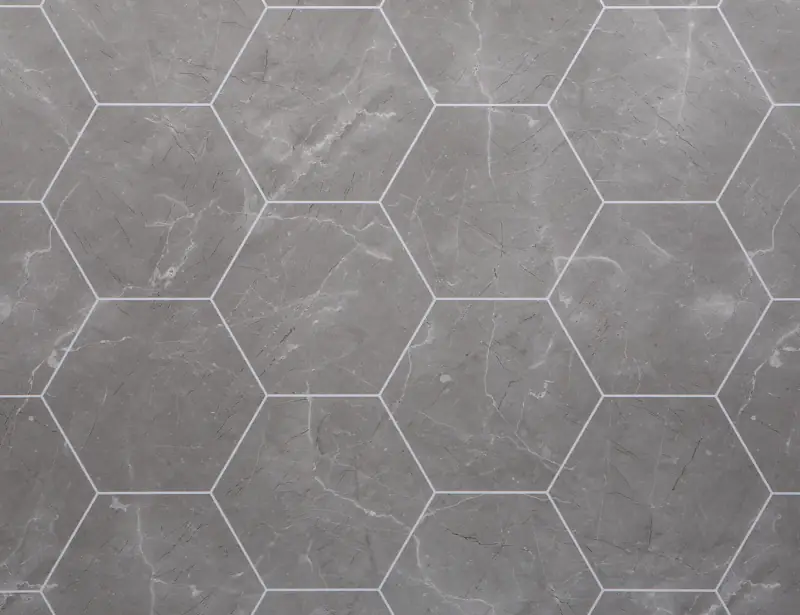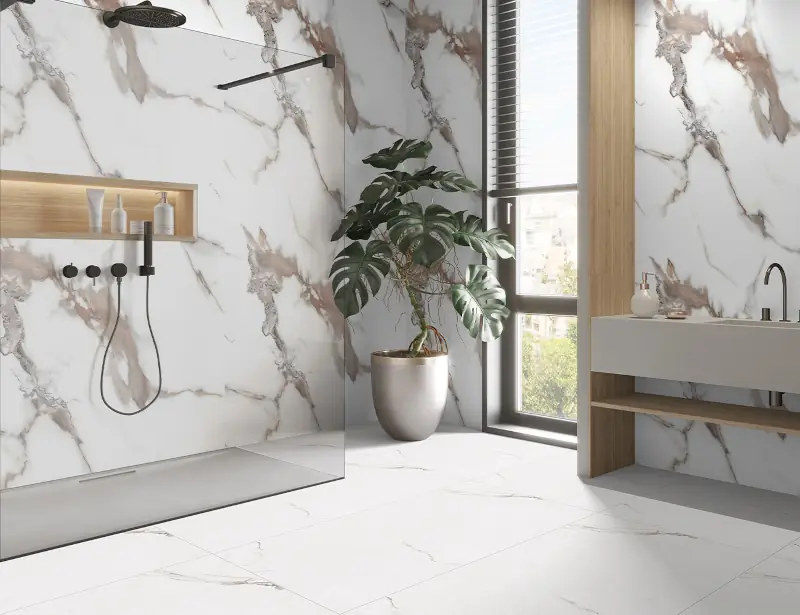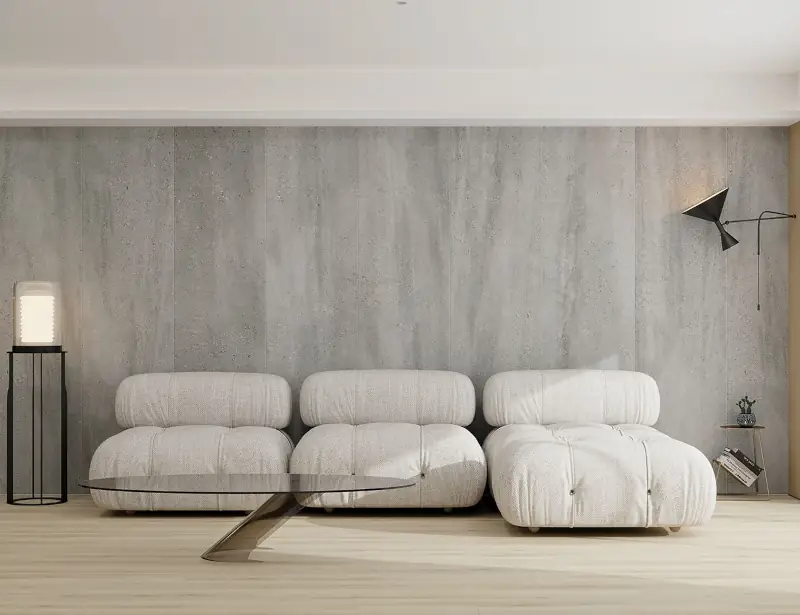Composite decking, Other
Decking Installation: What to Know Before You Get Started
Installing decking is one of those projects that has an immediate impact on the way a garden or outdoor space feels. Whether it’s a neat patio area for dining, a raised platform to make the most of a view, or a wraparound deck that brings cohesion to a garden layout, it’s a feature that genuinely improves how we use our outdoor space. But from our experience, the key to a successful decking installation isn’t just about picking the right material it’s also in the planning and preparation.
We’ve worked with customers who are hands-on DIYers and others who bring in professionals to handle the job. Either way, we find that taking time to understand the practical side of decking installation helps avoid common mistakes and saves a lot of hassle in the long run. That’s why we make it as easy as possible to get started with straightforward installation systems and expert guidance if you need it.
Plan Your Space Before You Buy
Before anything else, it’s essential to measure and plan. That means more than just the length and width of the space you’ll also want to consider things like sunlight, drainage, and what kind of foot traffic the area will get. Is it a quiet seating area or a thoroughfare between parts of the garden? Will you be placing furniture or plant pots on it?
Our composite decking can be cut to size and shaped to fit more intricate layouts, which gives plenty of flexibility, but it’s still worth sketching things out and confirming measurements before placing your order. We’ve seen projects come together more smoothly when the prep is thorough.
Get the Groundwork Right
Installing decking doesn’t have to involve major groundwork, but the base does need to be solid and level. Uneven or poorly drained surfaces can lead to water pooling underneath, which reduces the lifespan of any deck timber or composite. We always recommend a stable subframe, ideally with some clearance beneath to allow for air flow and drainage.
If you’re laying directly onto an existing patio or concrete, it’s usually enough to use adjustable risers or packers to get a level frame. For installations on soil or grass, a more involved foundation using posts or compacted gravel may be needed. The good news is that composite decking doesn’t require as much care in sealing or treating the substructure compared to wood, which helps speed things up.
Choose a Fixing System That Makes Installation Simple
Our composite decking boards come with a hidden fixing system, which makes installation neater and easier. You don’t have to worry about screws being visible, and the spacing between boards is automatically consistent. It’s ideal for DIY installation and is one of the reasons so many of our customers feel confident doing the job themselves.
Compared to traditional timber decking, which often needs pilot holes, countersinking, and visible screws or nails, this system not only saves time but creates a cleaner finish. Plus, it makes future maintenance easier boards can be individually lifted if needed without damaging the surrounding structure.

Allow for Expansion and Drainage
While composite boards don’t warp or rot like timber, they do expand slightly in heat so it’s important to leave small gaps at joins and at the edges. We include clear installation guidance to help with this, and many of our customers find it helpful to read through before starting. Planning for water runoff is just as important especially in the UK climate so making sure there’s a gentle slope away from the house or main building is key.
Aftercare and Long-Term Enjoyment
Once your decking is in place, the hard work is mostly done. One of the big advantages of composite decking is how little maintenance it needs. A wash with warm, soapy water every few weeks is usually more than enough to keep it looking great. There’s no need for sanding, sealing, or staining and no worries about splinters or slipping.
It’s this kind of hassle-free experience that keeps customers coming back to us for more home improvement projects, whether that’s additional decking, interior wall panels, or SPC flooring.





















